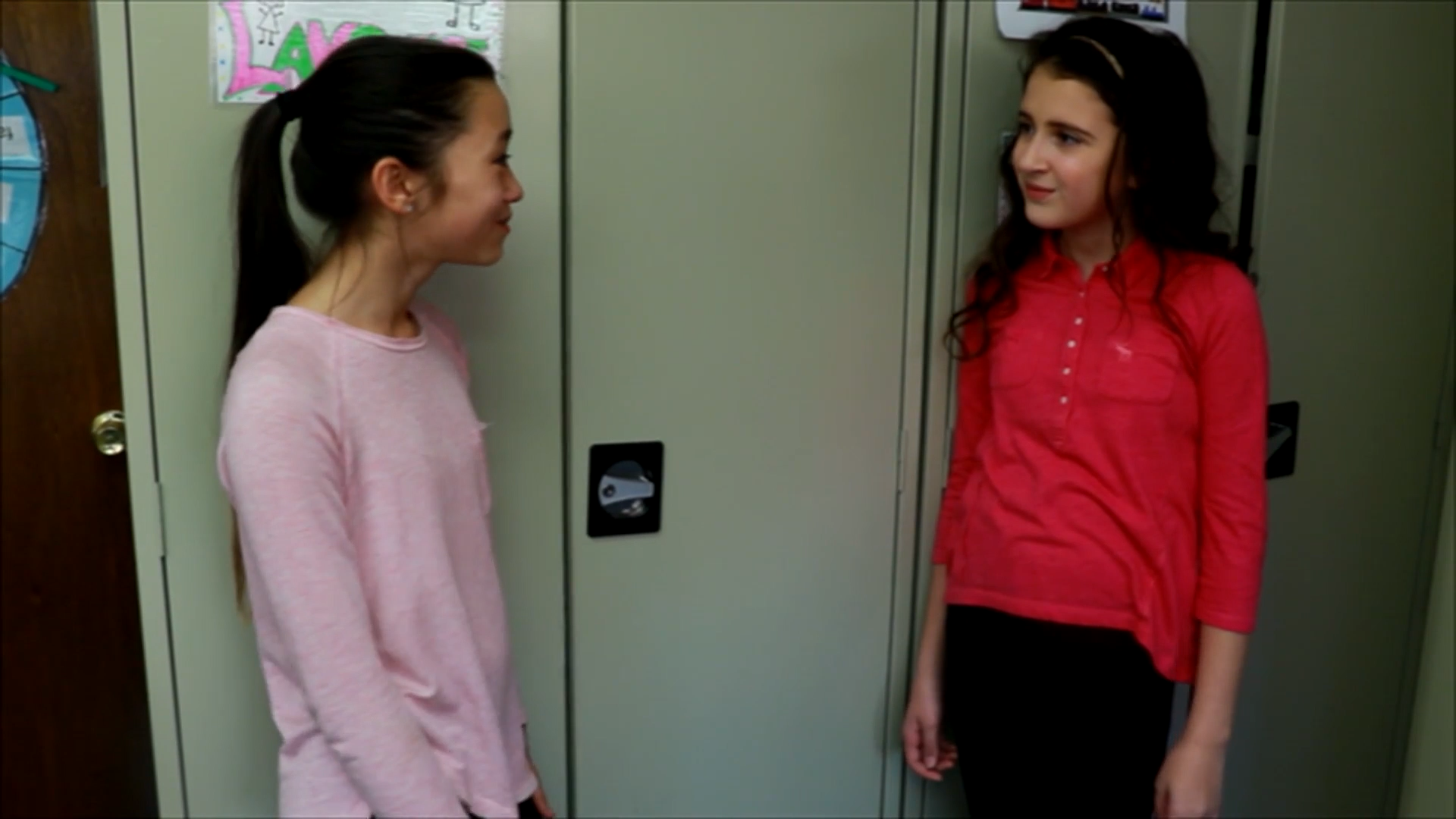Introduction
Personal space is a crucial aspect of social interaction and communication, and it plays a significant role in our everyday lives. This invisible bubble that surrounds our bodies helps us feel comfortable around others and varies depending on the relationship we have with the person. Teaching students about personal space and how to maintain it can greatly improve their social skills and help them better understand the concept of boundaries. In this blog post, we will discuss the importance of personal space, an easy no-prep activity to teach it, discussion questions, related skills, and next steps for educators.
No-Prep Activity: Arm’s Length Rule
This activity requires no preparation or materials from the educator and is an effective way to teach students about personal space. To begin, have the students stand up and spread out in the room. Ask them to extend their arm out in front of them, creating an “arm’s length” distance. Explain that this is the general rule for maintaining personal space with acquaintances or strangers. Then, have students practice maintaining this distance while engaging in conversations or moving around the room. This activity helps students become aware of their personal space and the space of others, while also emphasizing the importance of respecting boundaries.
Discussion Questions
- Why is personal space important in social interactions?
- How can you tell if someone is uncomfortable with the amount of personal space you are giving them?
- How might personal space vary in different cultures or situations?
- What are some ways you can adjust your personal space depending on the relationship you have with someone?
- How can respecting personal space contribute to building positive relationships?
Related Skills
Besides personal space, there are other essential skills that can help students improve their social-emotional learning. These skills include:
- Active listening: Encouraging students to genuinely listen and respond to others during conversations.
- Empathy: Teaching students to understand and share the feelings of others.
- Nonverbal communication: Helping students recognize and interpret body language cues from others.
- Respecting boundaries: Encouraging students to acknowledge and respect the emotional and physical boundaries of others.
Next Steps
Teaching personal space and related social-emotional skills can greatly benefit students in their everyday lives and interactions. To explore more activities and resources, we encourage you to sign up for free samples of the discussed skill and others at Everyday Speech. These materials can help you create a comprehensive and engaging curriculum for your students, promoting their social-emotional growth and development.






